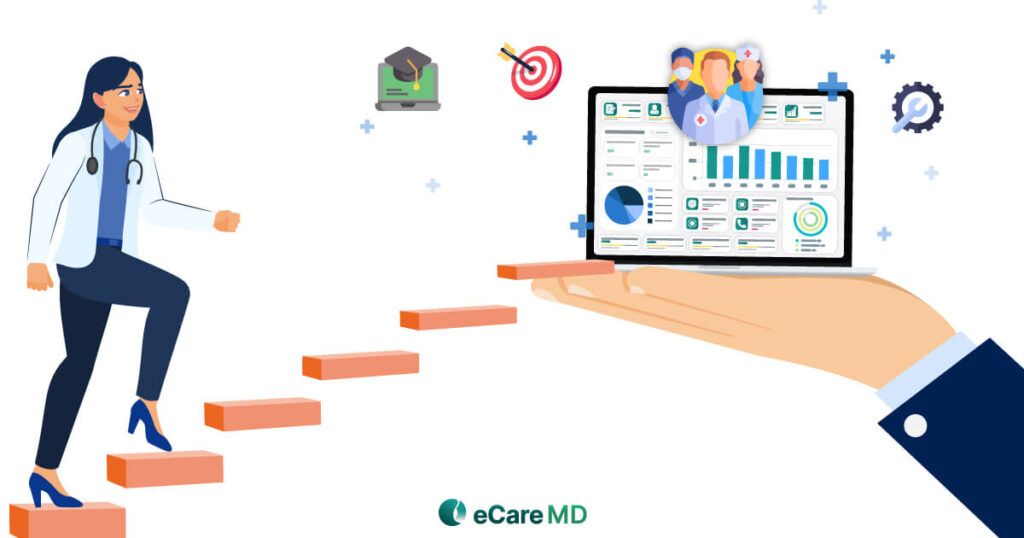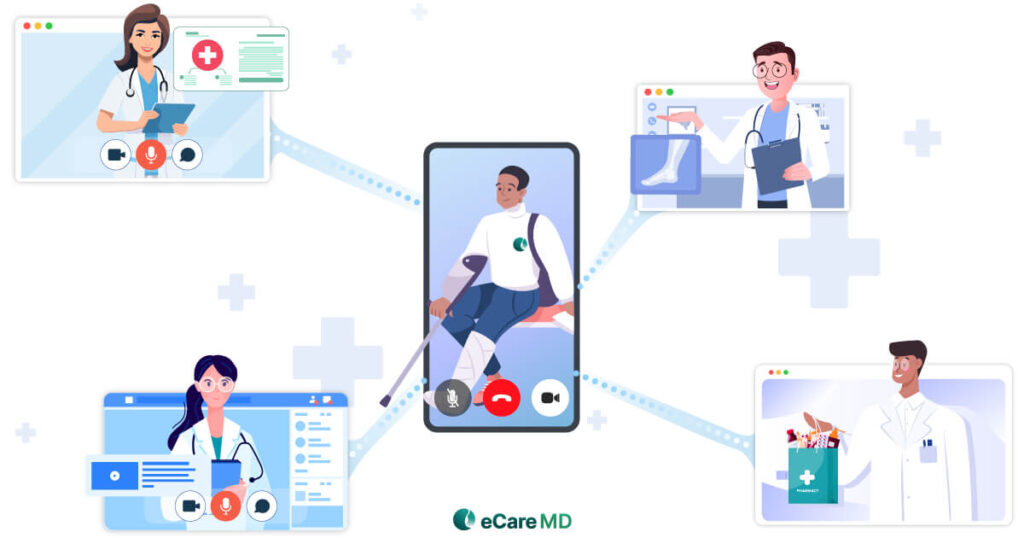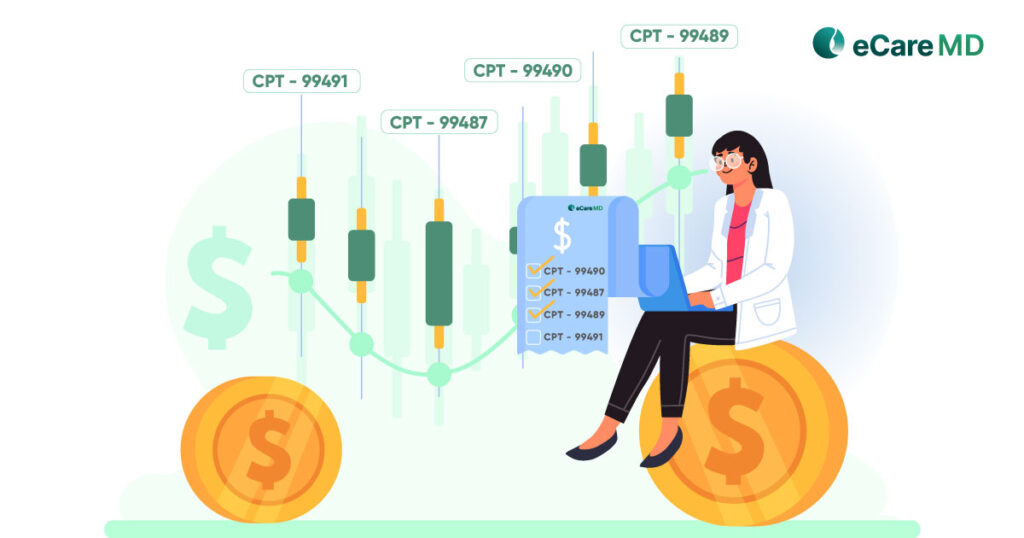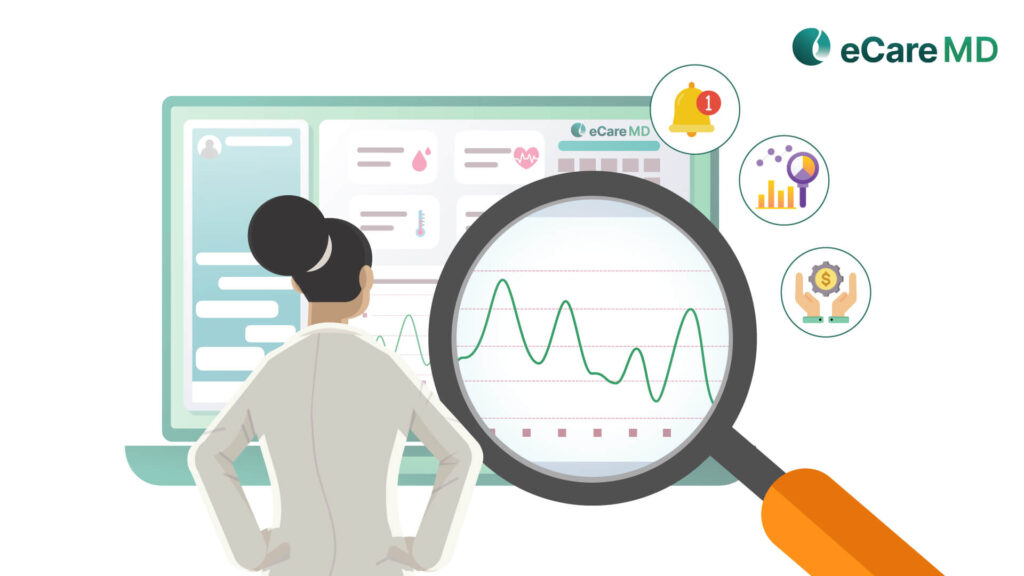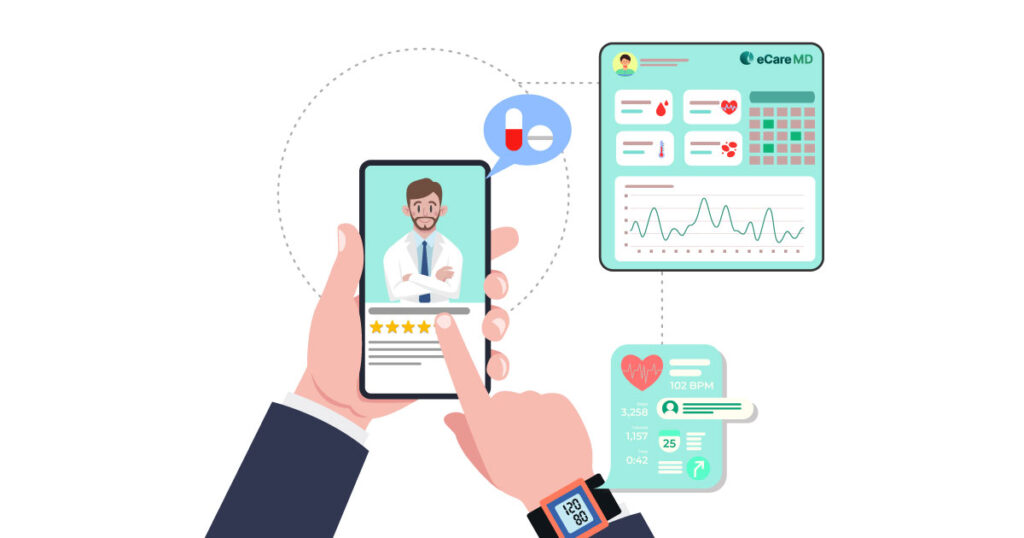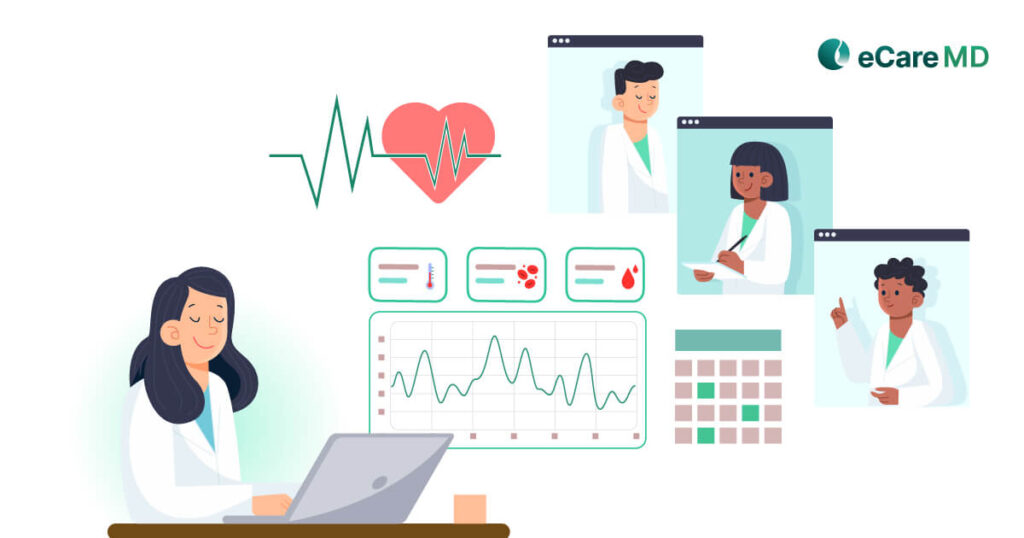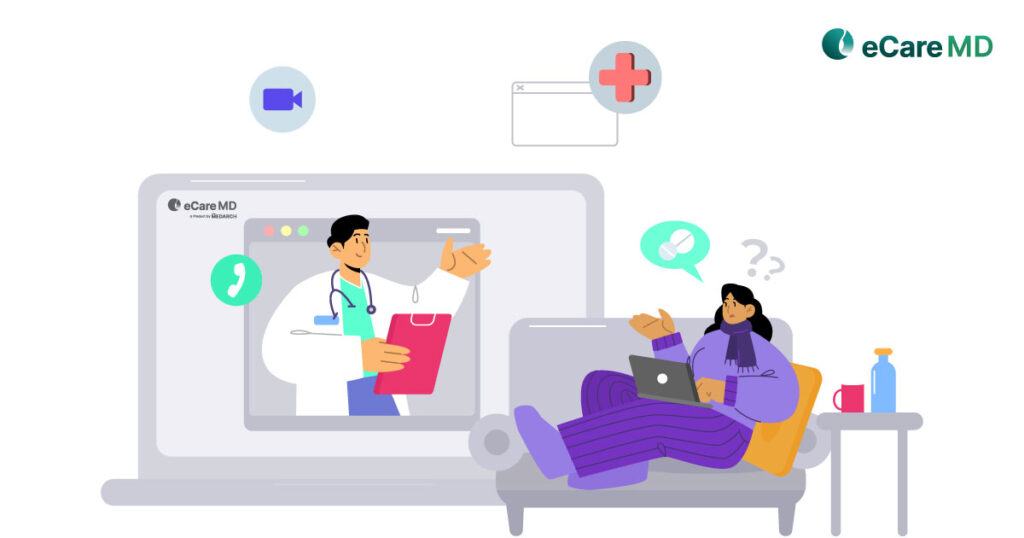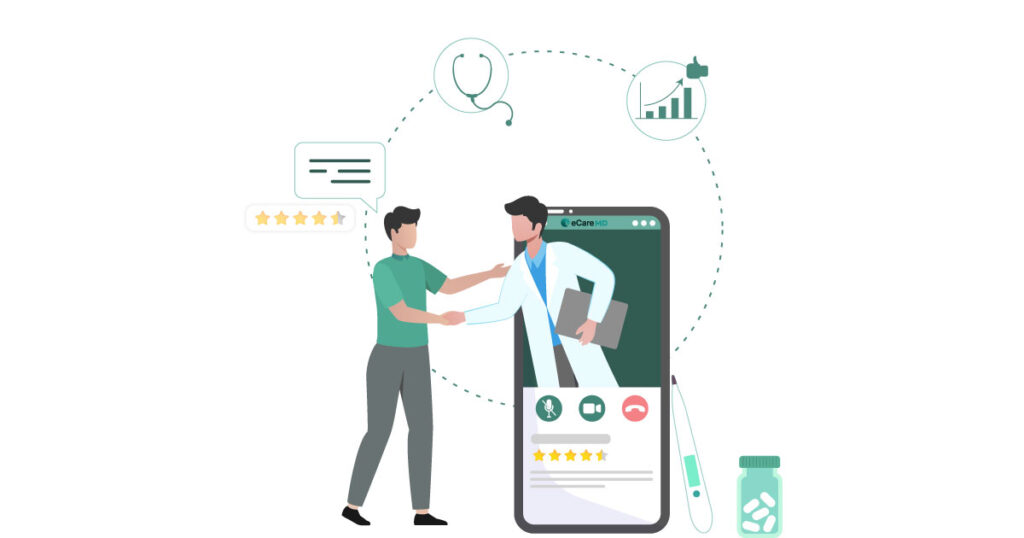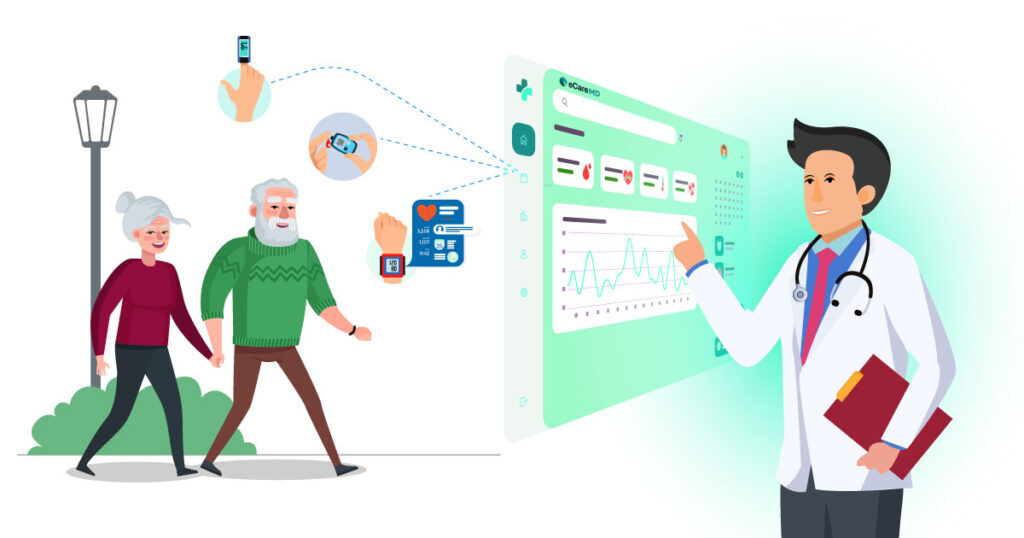Currently standing at an estimation of $14 billion, do you also think RPM is the future of healthcare?
This must have intrigued the idea of starting a Remote Patient Monitoring business of your own. As simple as it looks from the outside, it’s pretty much a tangled nervous system. But if your entrepreneurial mind is shown the right direction, it can become a healthy nervous system of your healthcare practices.
Setting the Foundation to Success
Define Your Target Market & Services
When you think of starting your remote patient monitoring program, the first thing that you need to do is to decide and define the patient population that you will be serving. Depending on that, you also need to decide what program you will be serving under the RPM program. For instance, RPM requirements for chronic disease management, elderly care, or post-surgery care.
How to Identify Ideal Patient Population for Remote Monitoring
Ensure Regulatory Compliance & Data Security
Once the program offerings are outlined, the next step is to choose the right remote patient monitoring software for your practice. Hereafter, everything will be data-centric, from patient information to their vitals. And due to the sensitive nature of the data, you need to safeguard it, ensuring its privacy and integrity in its use.
Join Free Webinar - Navigating Regulatory Compliance in Remote Patient Monitoring
Join NowLeveraging Technology for Efficiency
Choose the Right Remote Patient Monitoring Software & Devices
By the nature of the business, the need for remote patient monitoring devices is huge, basically acting as the receptors of your nerves. Since these devices are customized and costly, they can have a huge impact on your business’s expenditures.
We at eCareMD have mastered this part and can help you select the technology and ensure the RPM software system implemented for your RPM business works smoothly so you can focus on providing better care.
With regards to the remote patient monitoring software, prioritize a user-friendly interface for your software, and interoperability is achieved to streamline data collection and analysis. Along with that, provide effective hands-on training and support to the staff and patients to ensure effective use of monitoring tools and software.
Establish Telecommunication Infrastructure
Building Strategic Partnerships
Collaborate with Healthcare Providers & Payers
While most of the healthcare practices that have initiated the remote patient monitoring program, they fail to capitalize on the program with effective reimbursement strategies. This is because of the lack of effective collaboration between healthcare providers and payers. To overcome this, integrate remote monitoring as an integral part of your healthcare practice and curate care delivery pathways and treatment plans with RPM at its center.
Free Consultation for Starting your Remote Patient Monitoring Program
Contact UsConclusion
To start a remote patient monitoring business, an understanding of the business and the ecosystem it requires is necessary. A healthcare provider can ensure seamless care delivery but often overlooks the technology part of the process. Some of the important things here are RPM software and its integration with the healthcare systems for the smooth functioning of further operations.
We at eCareMD specialize in that and help RPM businesses build the perfect nervous system for their business. Along with intensive training and access to learning resources, we equip your healthcare practices with all the necessary technology tools for streamlining your RPM services with software.
But this is just one part of setting up the business. The rest of the part mentioned above can be your guide to the successful development and implementation of your RPM business. So, tickle your entrepreneurial mind and add value to your healthcare practices with strategic business planning.





























